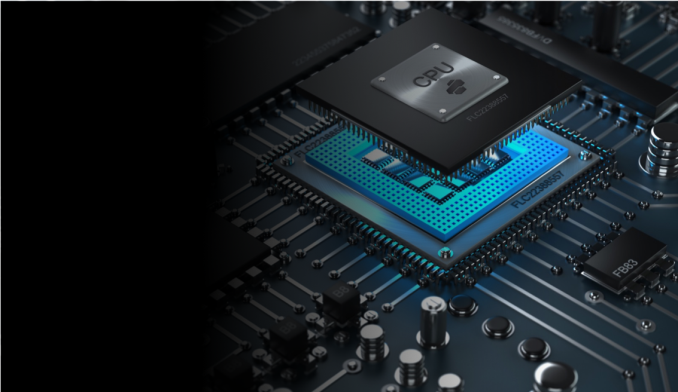
Original Link: https://www.anandtech.com/show/12758/microsemi-licenses-crossbar-reram-nonvolatile-memory
Microsemi Licenses Crossbar ReRAM Non-Volatile Memory
by Billy Tallis on May 16, 2018 8:00 AM EST
Crossbar, Inc. has announced Microsemi as the first licensee for their embedded Resistive RAM (ReRAM) memory technology. ReRAM is one of several up and coming non-volatile memory technologies, and is one of the more promising potential competitors to Intel's 3D XPoint memory. Crossbar has been developing their flavor of ReRAM for years and currently fabricates the memory on a 40nm process at SMIC. They now have a new fab partner that can manufacture ReRAM on a 1x nm process, and it is this capability that has attracted their first major customer. Microsemi has a very broad product catalog, and they aren't ready to reveal what they plan to use ReRAM for. The embedded ReRAM technology from Crossbar will enable Microsemi to add blocks of ReRAM to the ASICs they are designing for production on an advanced 1x nm process.
Crossbar touts compatibility with standard CMOS fabrication processes as one of the key advantages of their ReRAM over new non-volatile memory technologies. Manufacturing ReRAM only requires adding a few extra steps to the back end of line wafer processing, and doesn't require radical changes to the materials involved. Crossbar now has plans for commercial production of ReRAM on a 1x nm node and they claim that it can scale down to processes smaller than 10nm. This is expected to make Crossbar's ReRAM a relatively inexpensive embedded memory that won't impose serious constraints on the rest of the ASIC. By contrast, Everspin's magnetoresistive RAM (MRAM)—which is also currently being manufactured on a 40nm process—will be moving to GlobalFoundries 22nm FD-SOI this year but probably won't be available on a high-performance FinFET process in the near future. Embedded flash memory has trouble scaling below about 40nm while retaining the endurance typically required of embedded memories, and 3D NAND cannot be easily added to a logic process.
Like most new non-volatile memory technologies, ReRAM isn't ready to compete head-on against DRAM or NAND flash memory. Its first path to commercialization is therefore through use as a special-purpose embedded memory, where its different tradeoffs between performance, endurance and density make it a good fit for certain applications. Currently, Crossbar quotes performance as read latencies on the order of 10ns, write latencies around 10µs, and write endurance in excess of 1M cycles. ReRAM is also accessible at the byte level instead of using large erase blocks like flash memory. Crossbar expects 10 years of data retention and has not observed problems with read or write operations disturbing the state of adjacent memory cells.
Separately from the new Microsemi partnership, Crossbar will also soon be demonstrating the use of their embedded ReRAM in an in-memory compute architecture for AI. At the Embedded Vision Summit next week, Crossbar will demonstrate object and facial recognition based on a pre-trained FaceNet model stored in ReRAM. Since the memory is on the same chip as the compute elements of the neural network, it can use very wide data paths to offer high performance without the high power draw that an external DRAM solution like HBM would bring or the much larger die area that SRAM would require. Facial recognition is an appropriately read-heavy workload for ReRAM, but the ReRAM will have no trouble handling the model updates that result from registering new faces. The demo is intended to show how ReRAM can be useful for AI tasks on battery-powered devices that don't have the option of offloading their computational workload to the cloud. Because ReRAM is non-volatile, the AI chip can be powered down but is instantly ready to perform recognition upon waking up, without having to re-load the model from storage into SRAM or DRAM. Since this demo chip is still using a 40nm manufacturing process and is just intended as a proof of concept, the embedded ReRAM array is only a single megabyte, but Crossbar expects that similar chips made on the 1x nm process that will soon be available would use many MB of ReRAM to support more complex models while still offering extremely high and consistent recognition performance.







